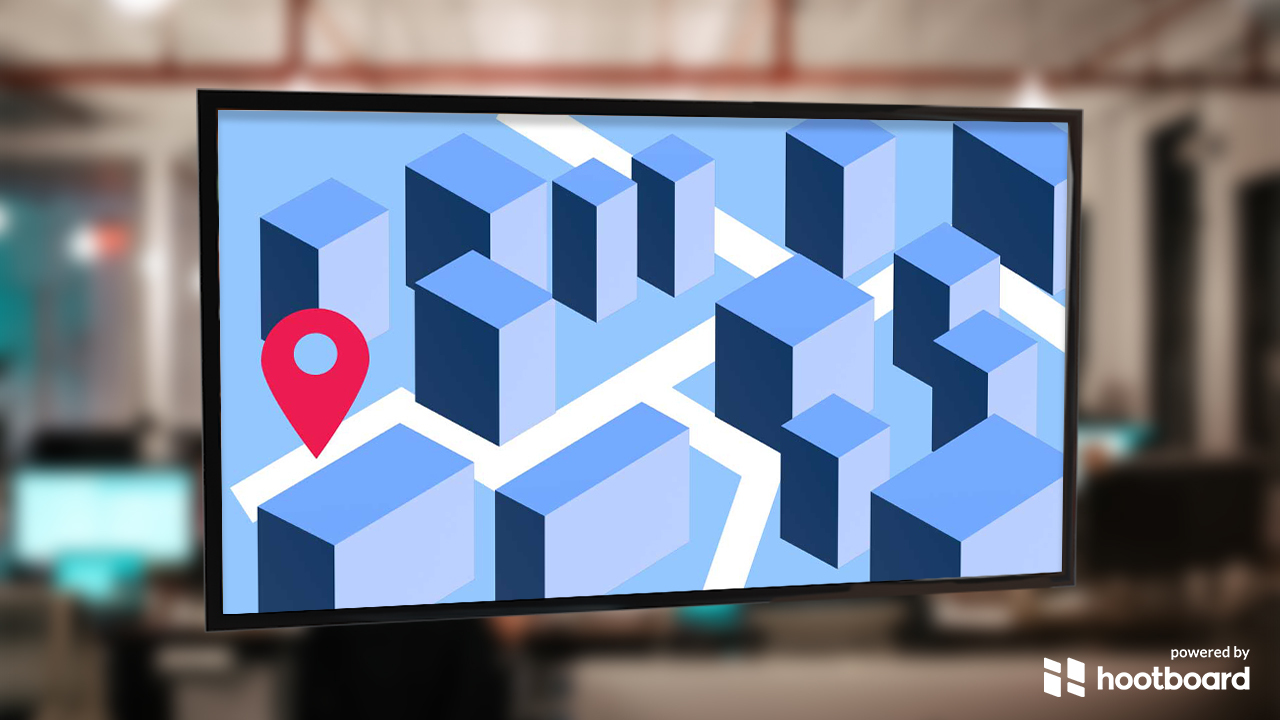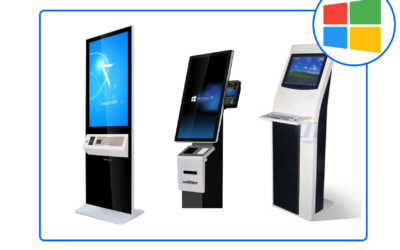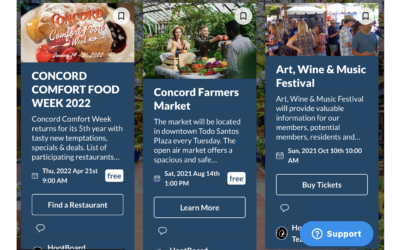Indoor wayfinding technology is a great way to help people navigate in indoor spaces. There are many different types of indoor wayfinding technology, and each has its benefits. In this blog post, we will discuss the different options. We will also list the best practices of indoor wayfinding technology. Finally, we will explain how to get started with their indoor wayfinding technology.
The benefits of indoor wayfinding technology include:
Reduced anxiety and stress for patients, visitors, and employees.
Have you ever been in a situation where you’re running late to a meeting? Or you’re new and you need help getting around? indoor wayfinding technology can help alleviate these types of anxieties by providing clear and concise directions to your destination.
Increased satisfaction for patients, visitors, and employees.
This means a hospital visit will be more efficient. A study was done by the University of Michigan that showed it can increase patient satisfaction rates by as much as 20%.
Reduced wait times for appointments and procedures.
By providing the right indoor wayfinding technology, patients and visitors will be less stressed and able to get to their destination without waiting for someone to escort them.
Increased efficiency and productivity for employees. Reducing costs for businesses.
Employees will no longer have to stop what they’re doing to help a patient or visitor find their way. This will allow them to focus on their work and be more productive.
Some of the best practices of indoor wayfinding technology include:
- Use clear and concise signage
- Use a variety of wayfinding technology options
- Test your system before rolling it out
- Make sure your system is accessible to all
- If you’re using digital wayfinding that needs an internet connection (wire connection or wi fi), make sure your area has reliable access to the internet
- Take the technology with you on a mobile device
- Highlighting important access points
- Easy to Ready Floor Plans
- Accompanying Mobile Application
If you’re looking to get started with indoor wayfinding technology, there are a few things you’ll need to do:
Step 1: Choose the indoor spaces you want to use the technology in.
Step 2: Select the technology that best suits your needs.
Step 3: Implement your system. If you need help, make sure the system you are implementing has a solid history of support and knowledgeable staff.
Step 4: Test and evaluate your indoor wayfinding system.
Indoor Wayfinding Software
One of the most important things you’ll need for your system is indoor wayfinding software. This software will power your system and provide the necessary features to help people navigate in your indoor space. It could also possibly offer positioning technology. There are many different types of software, so it’s important to choose the one that best suits your needs.
Some of the features you’ll want to look for in indoor wayfinding software include:
- The ability to create custom indoor maps, digital maps, interactive maps
- Real Time Updates
- Point-to-point indoor navigation
- Turn-by-turn indoor navigation
- Search and discovery
- Wayfinding analytics
- Indoor positioning systems
Once you’ve selected the software that best suits your needs, you’ll need to implement it in your indoor space. This can be done by installing indoor wayfinding kiosks or by integrating the indoor wayfinding software into your existing website, digital signage, or mobile app. Make sure your software provider has strong support to help you onboard your software.
Indoor wayfinding technology can be used in a variety of indoor spaces, such as:
Hospitals
Both hospital employees and visitors will be thankful for guidance to navigate a huge, confusing hospital. This can help visitors find their loved ones, and employees can quickly get to where they need to be.
Large Stores
Have you ever been to a store so large that you couldn’t find what you were looking for? indoor wayfinding technology can help customers locate the products they need and make it easy to find their way around the store.
Museums
Museums are often large and have many different rooms and exhibits. indoor wayfinding technology can help visitors find the exhibit they’re looking for, as well as provide information about the exhibits.
Offices
Offices can be large and confusing, especially if they’re in a new building. indoor wayfinding technology can help employees find their way around the office and make it easy to find meeting rooms and other facilities.
Indoor wayfinding technology is a great way to help people navigate in indoor spaces. There are many different types of indoor wayfinding technology, each with its own benefits.
Let’s Get Started Today
If you’re looking to get started or learn more, then HootBoard wants to talk to you. We offer wayfinding signage that will bring your space to life. We have a variety of products that can be customized to fit your needs. Contact us today to learn more about our solutions.
Schedule a Demo with HootBoard




